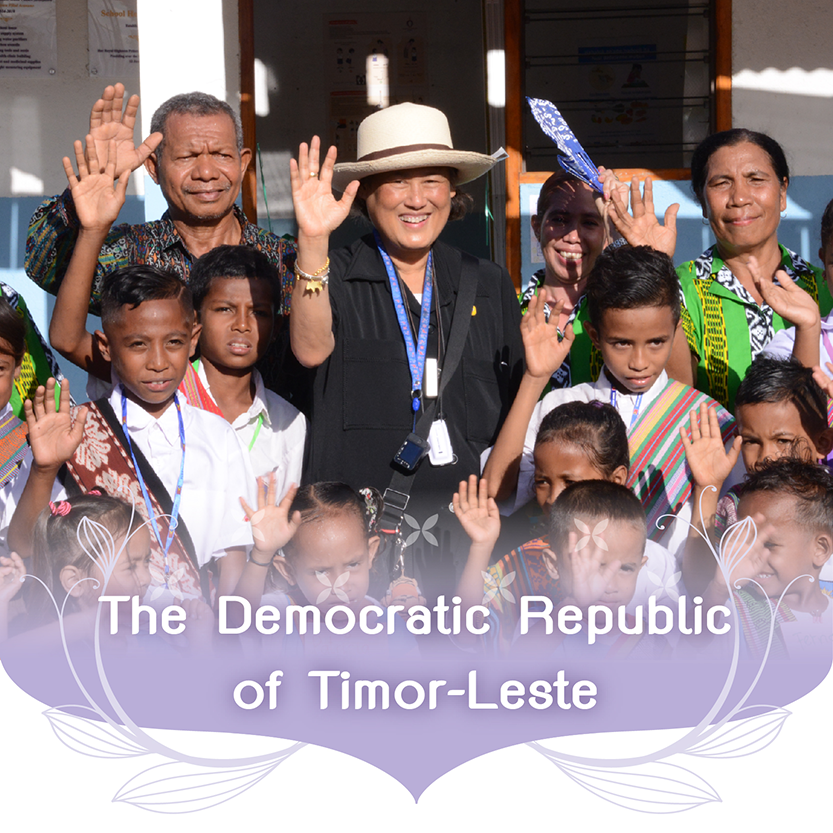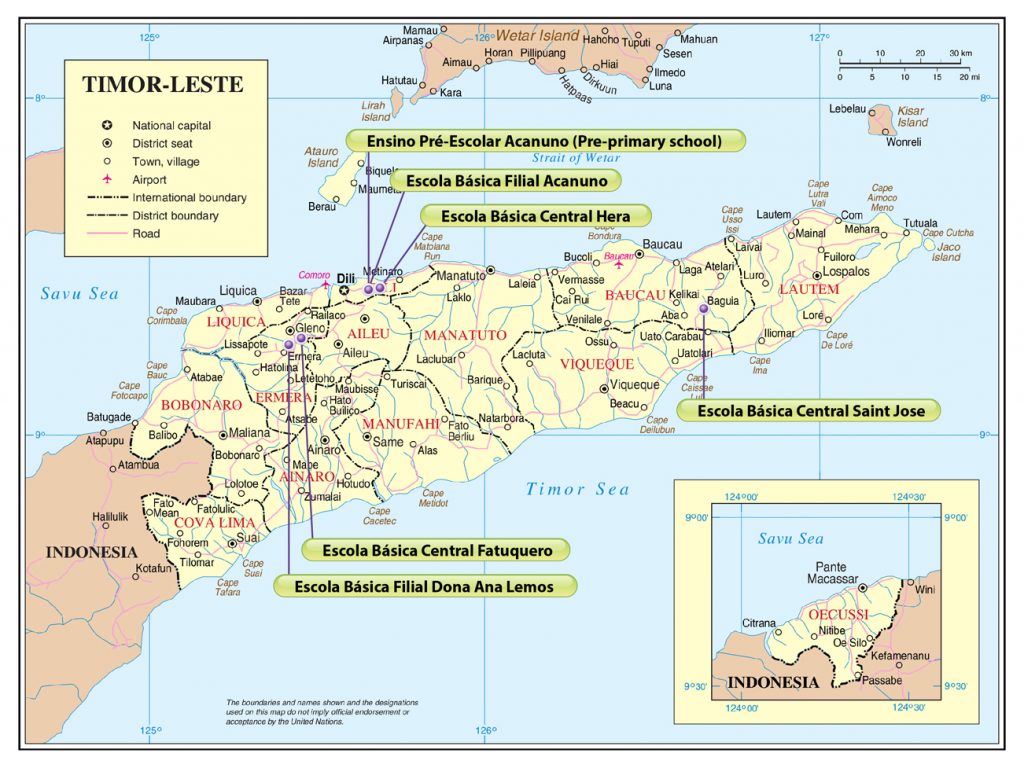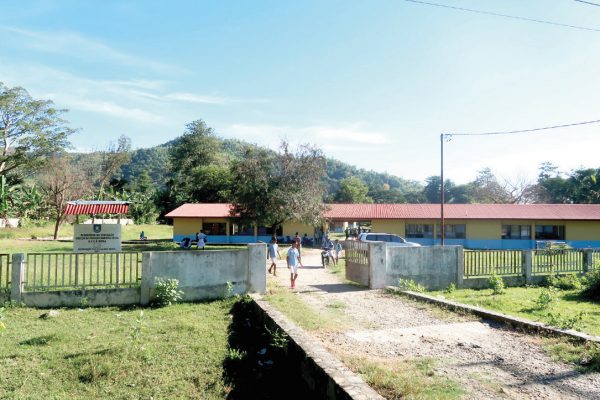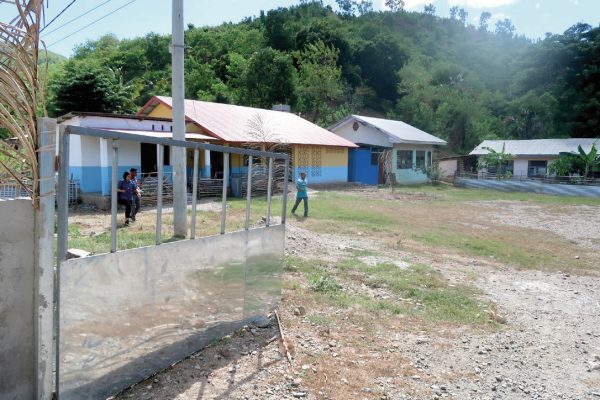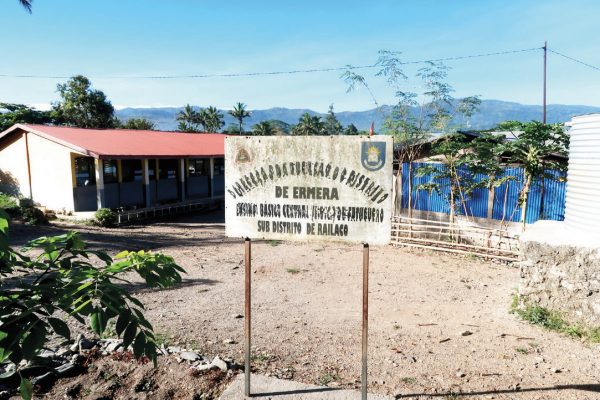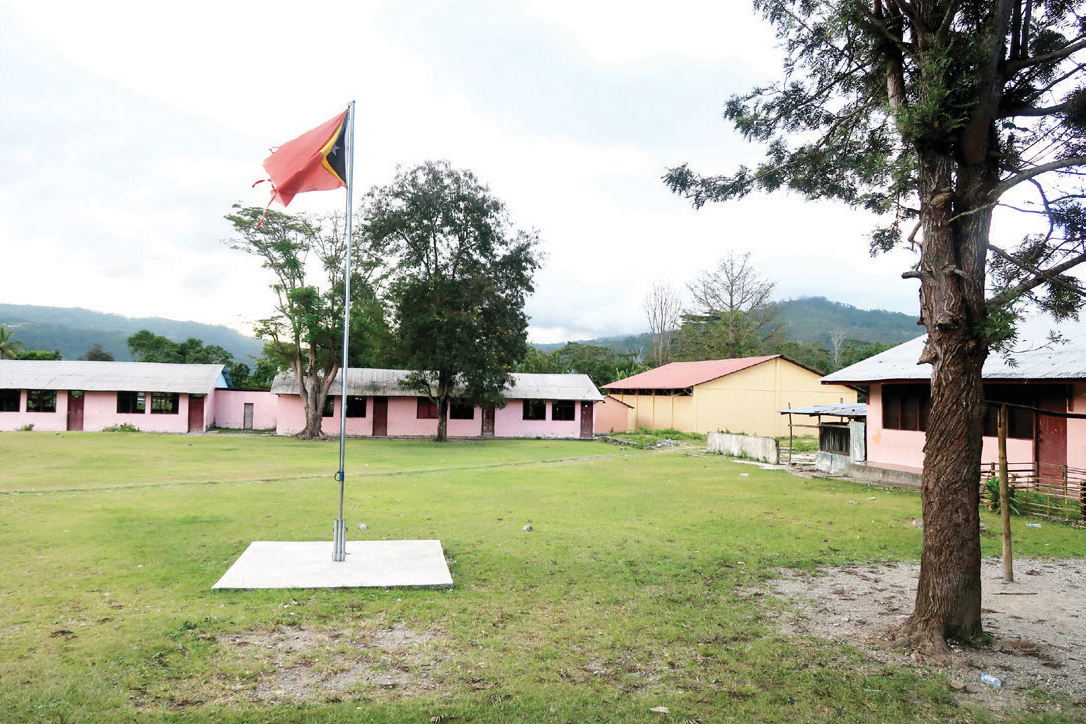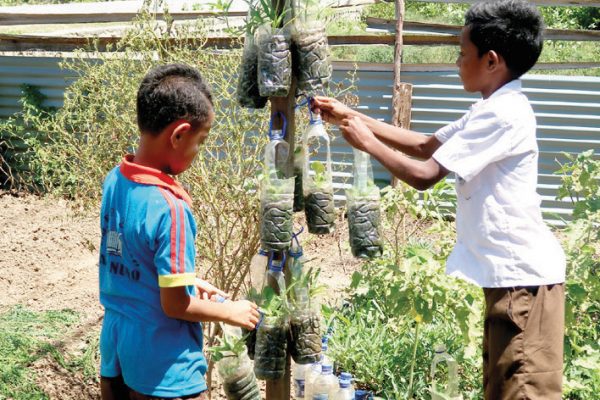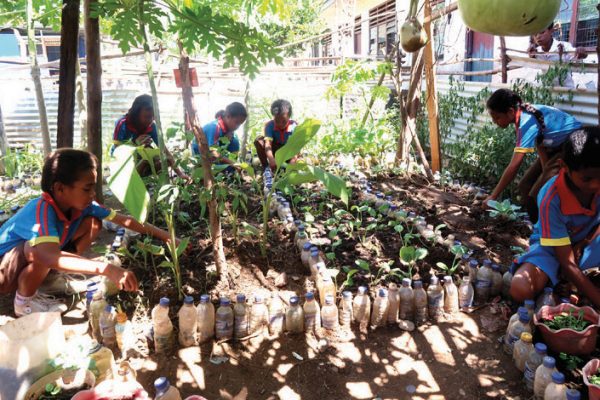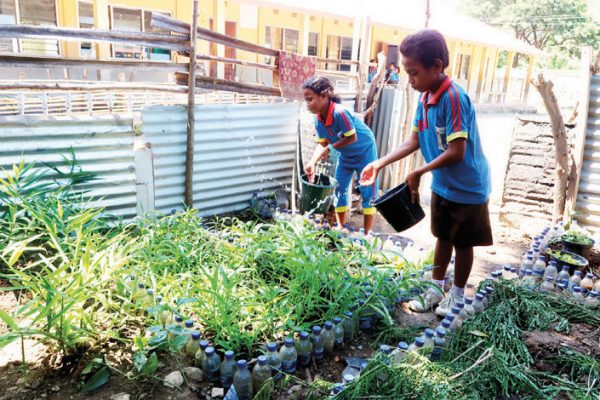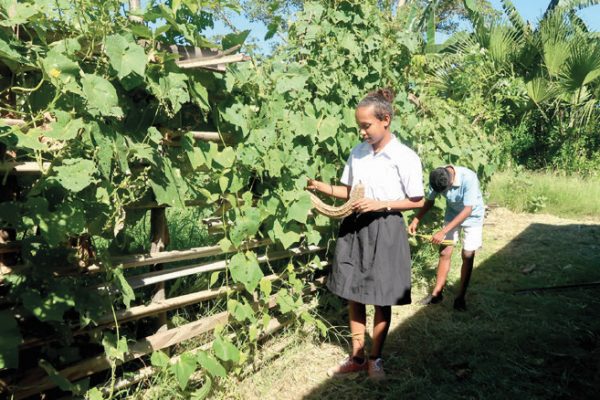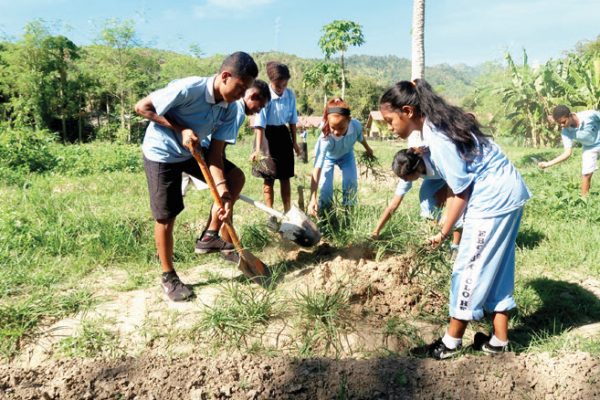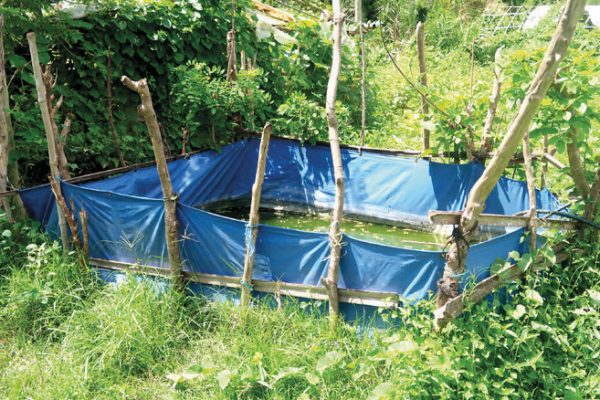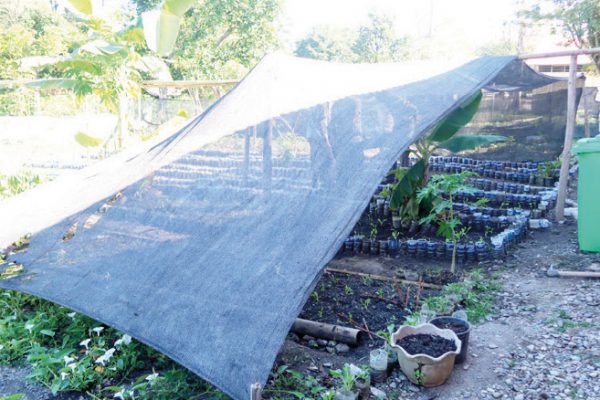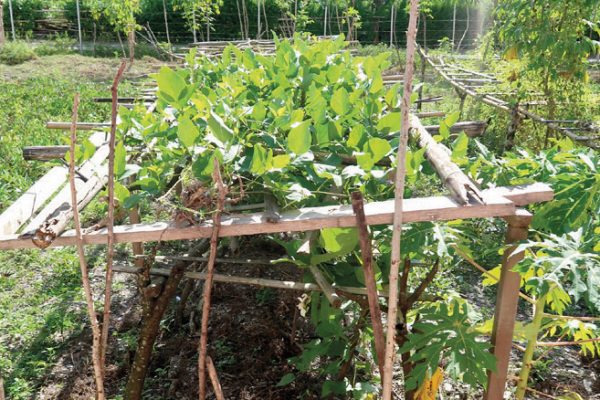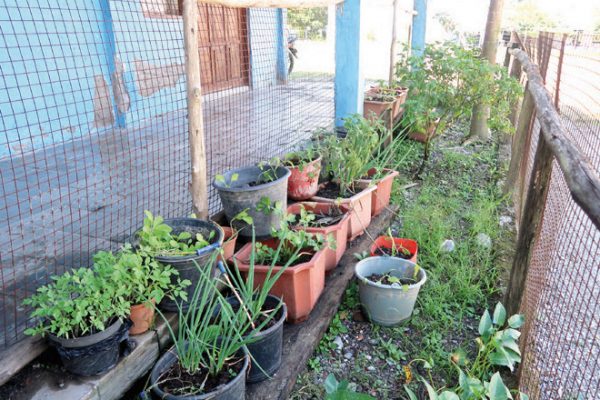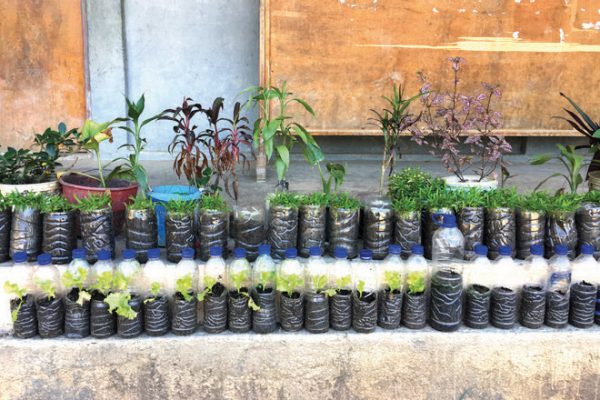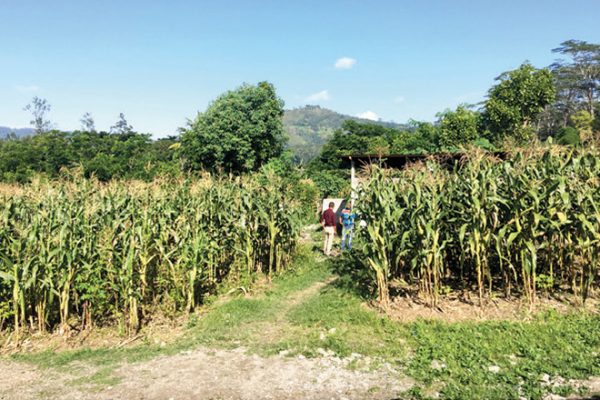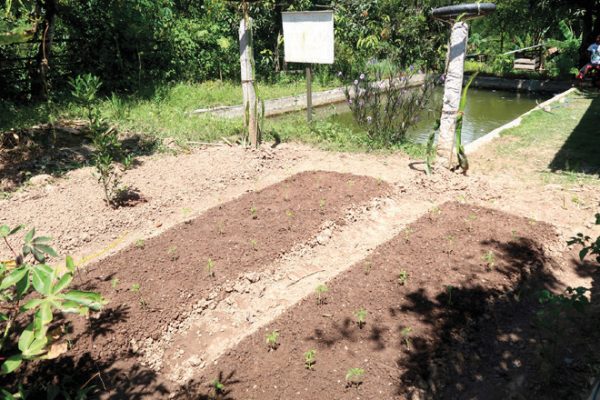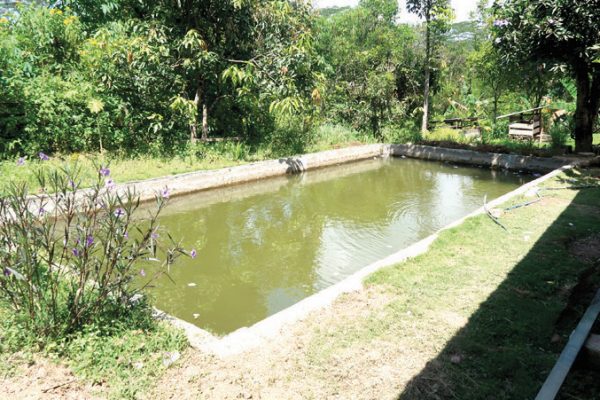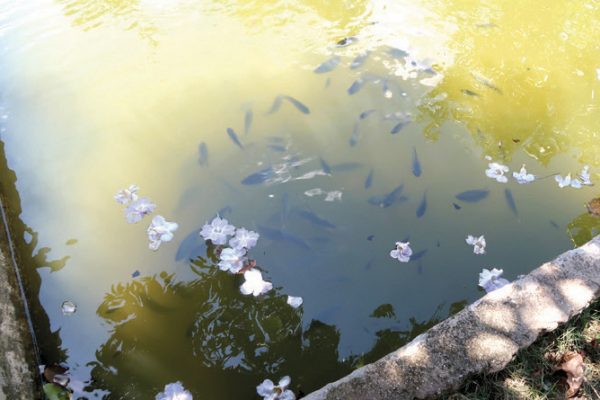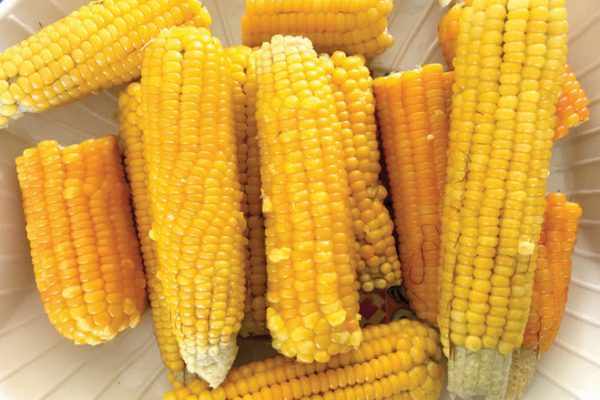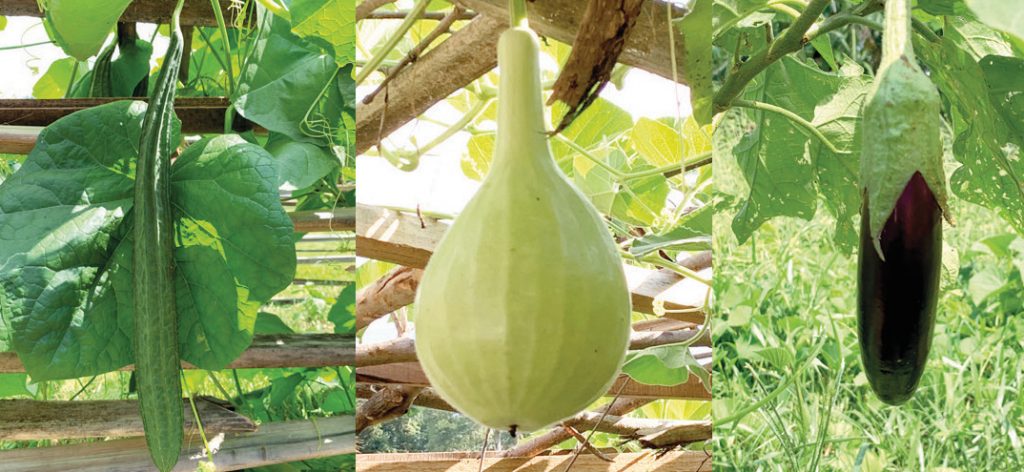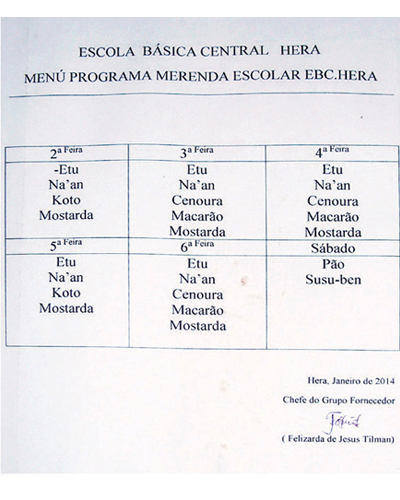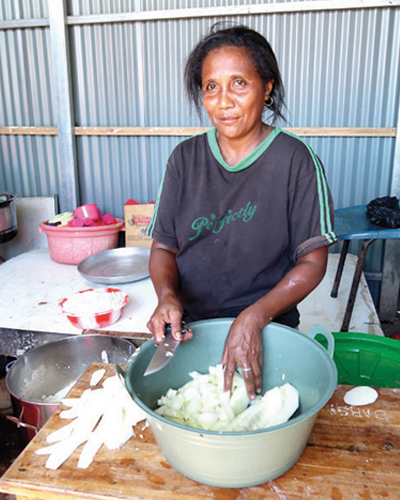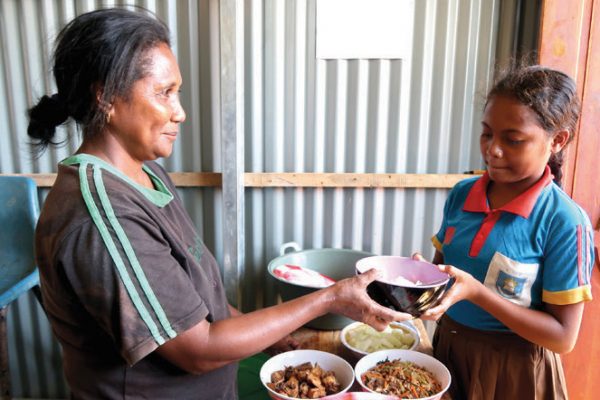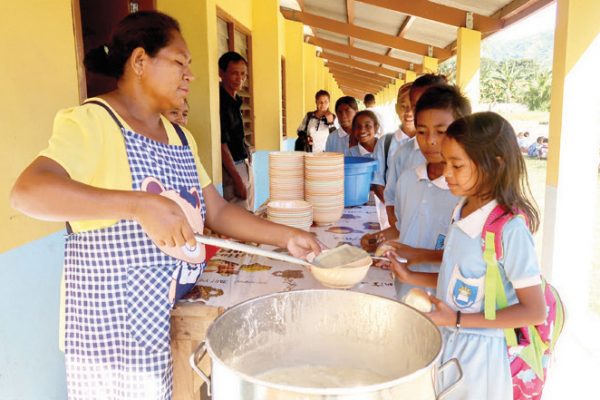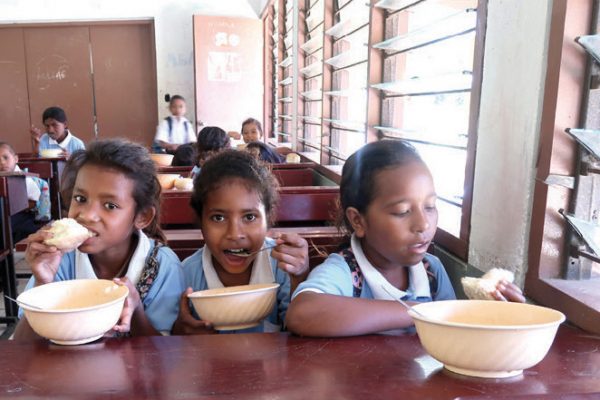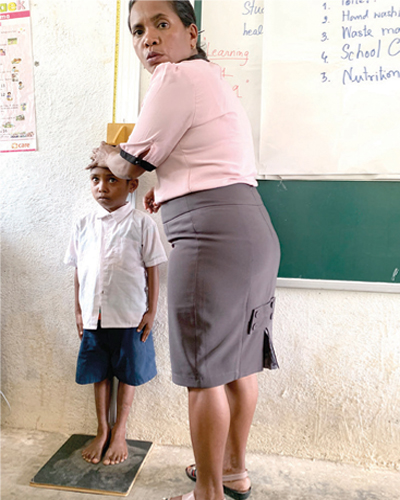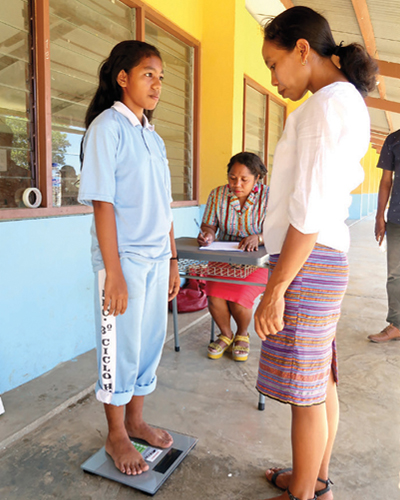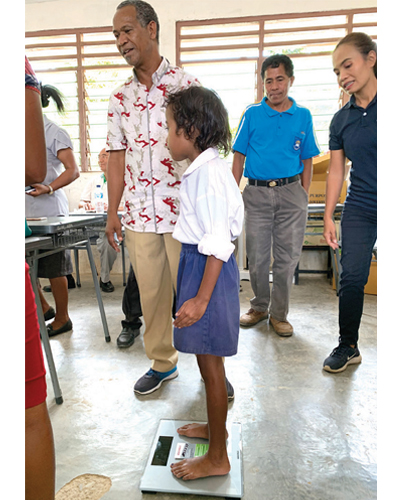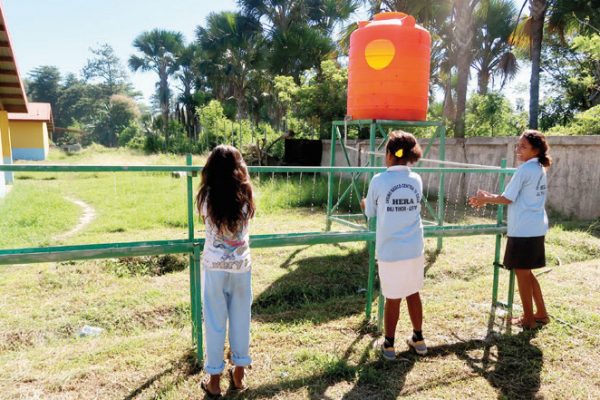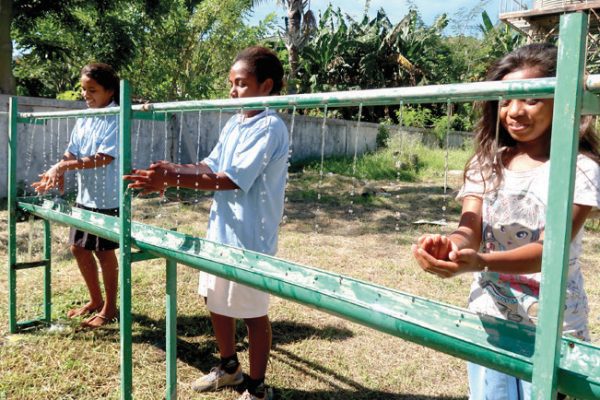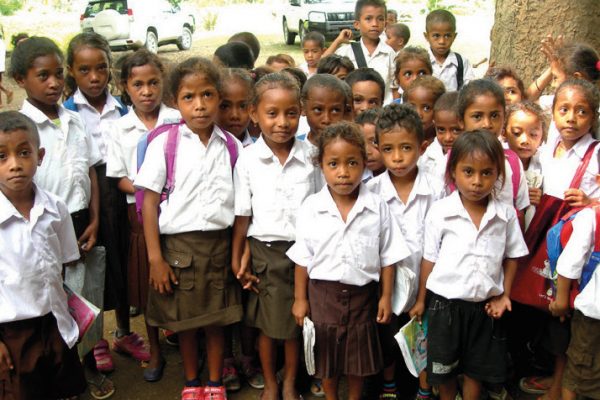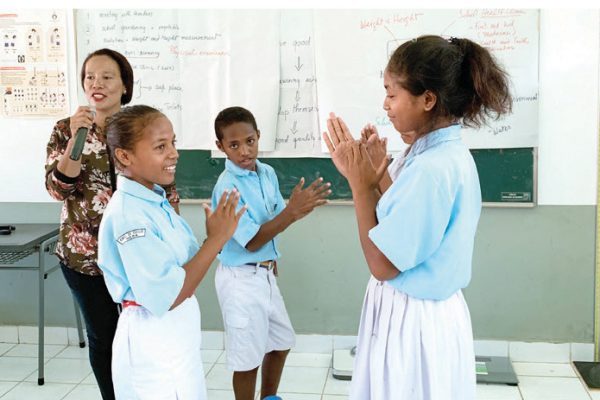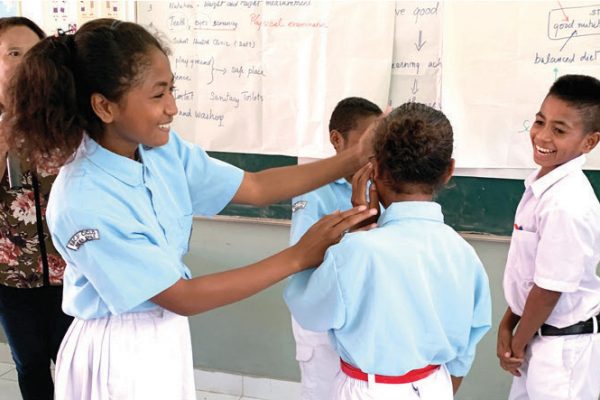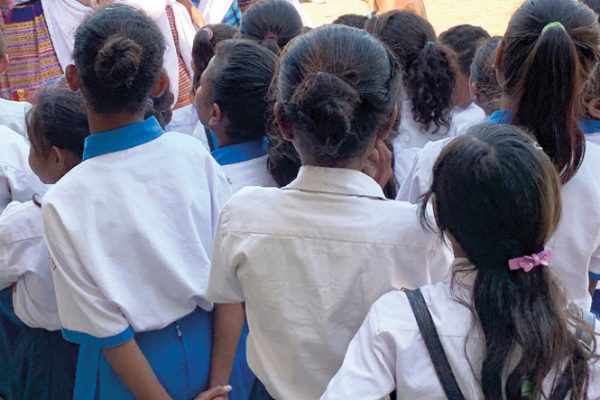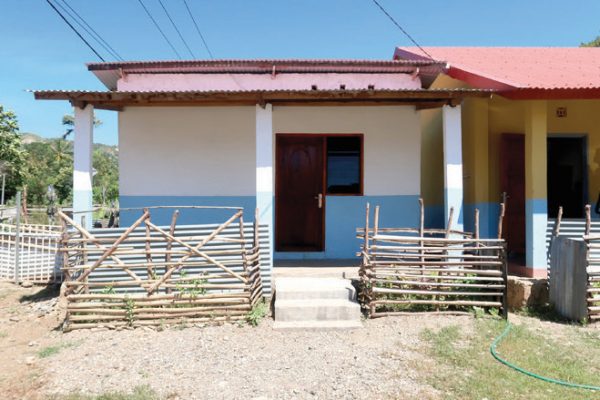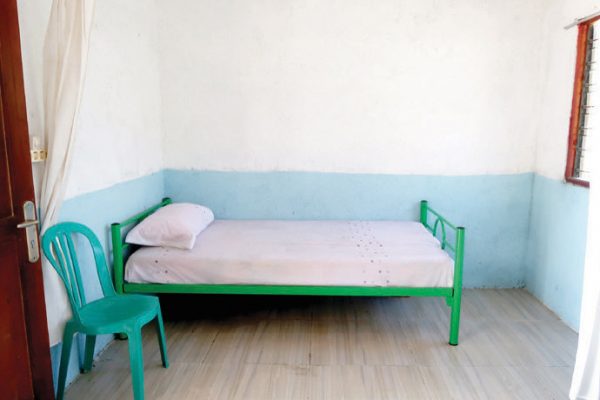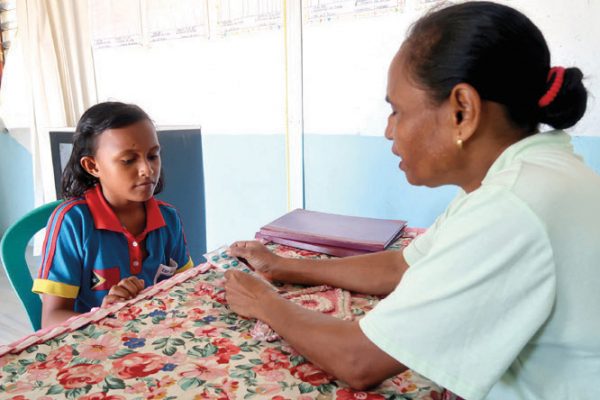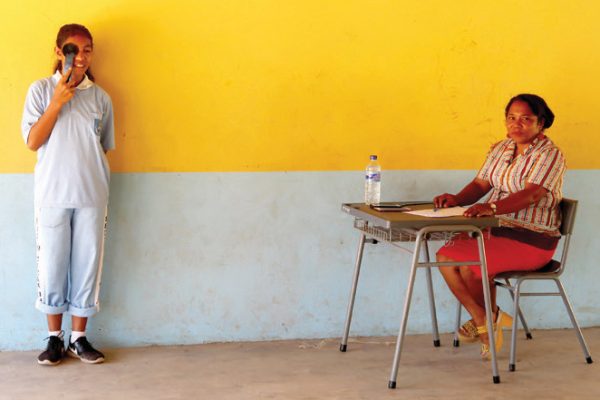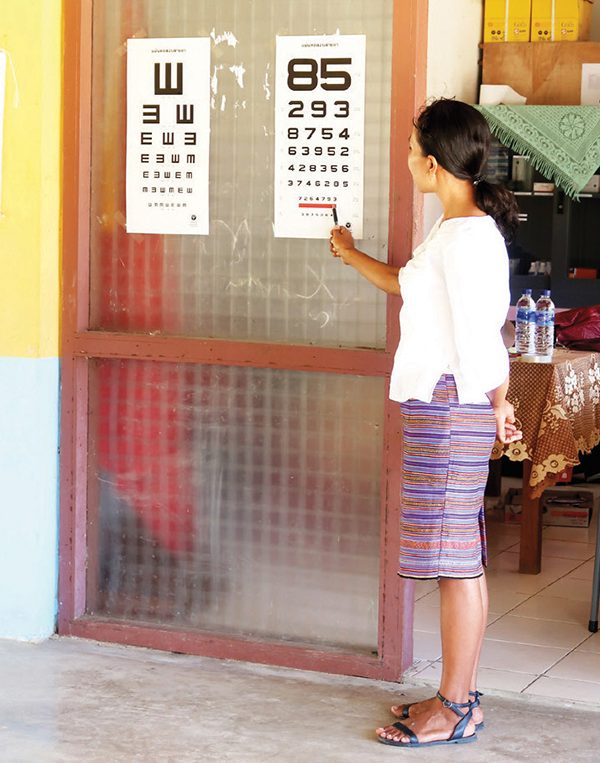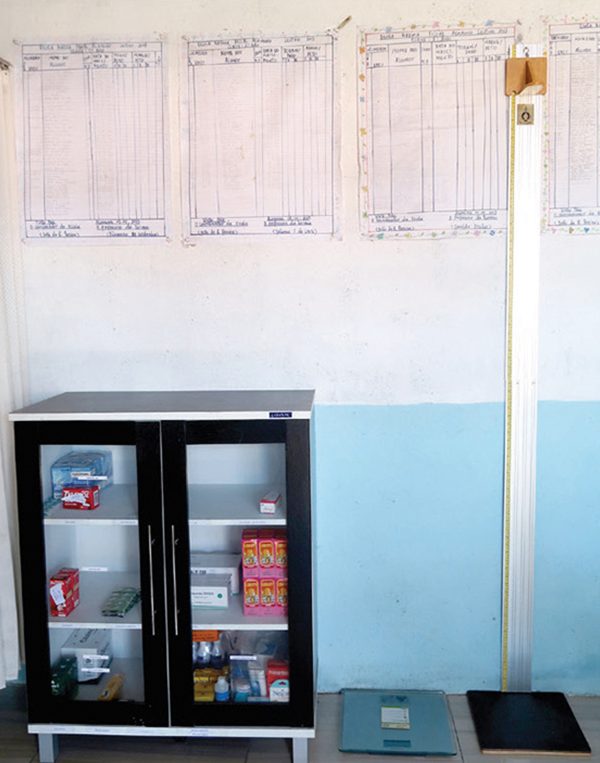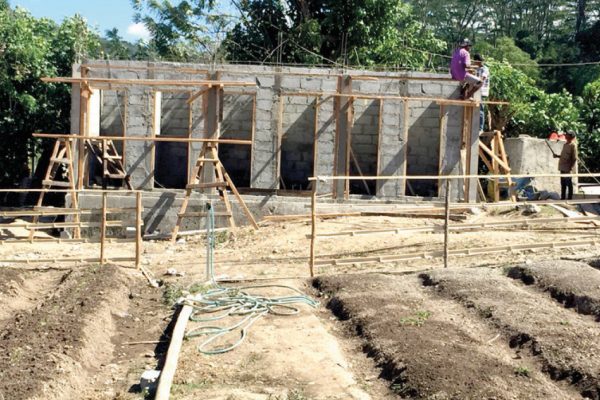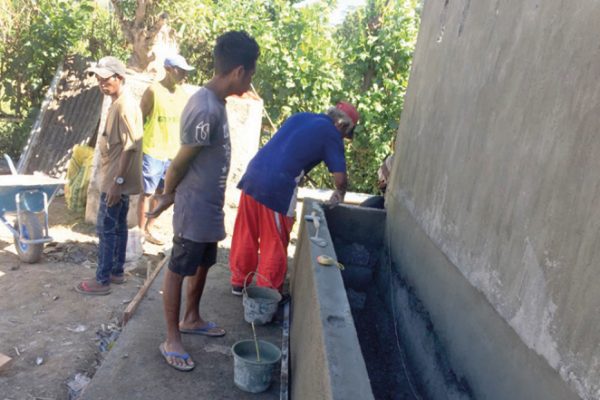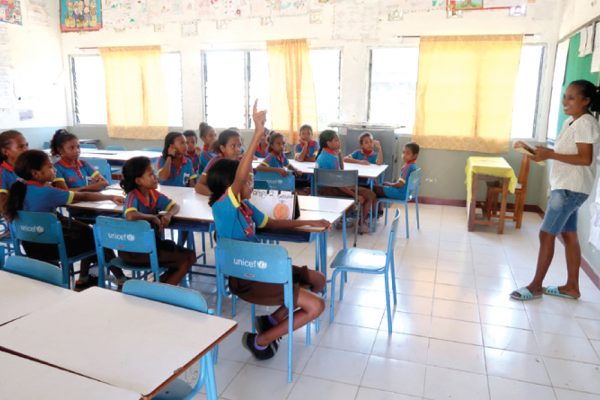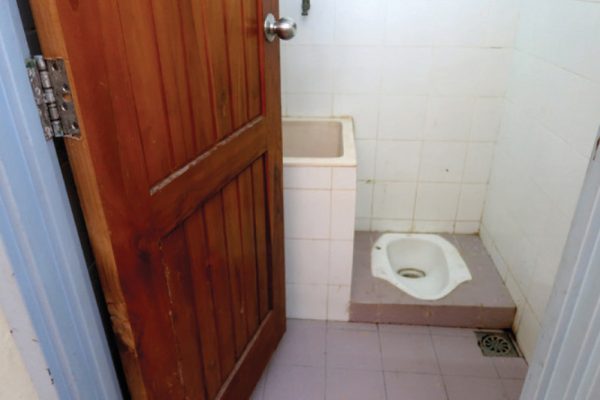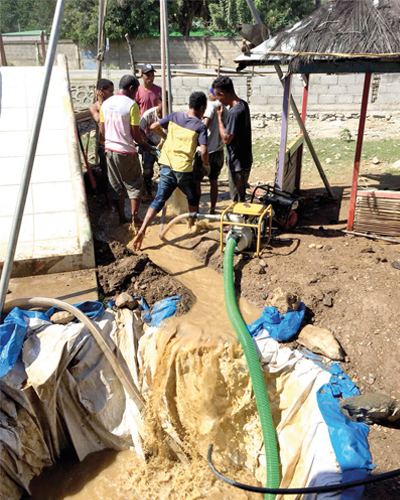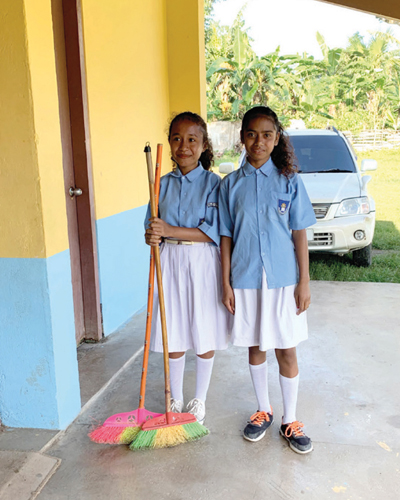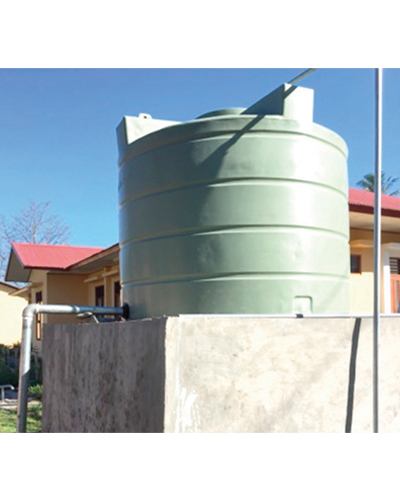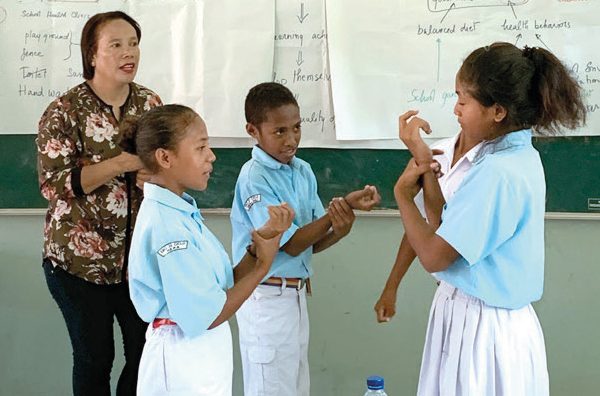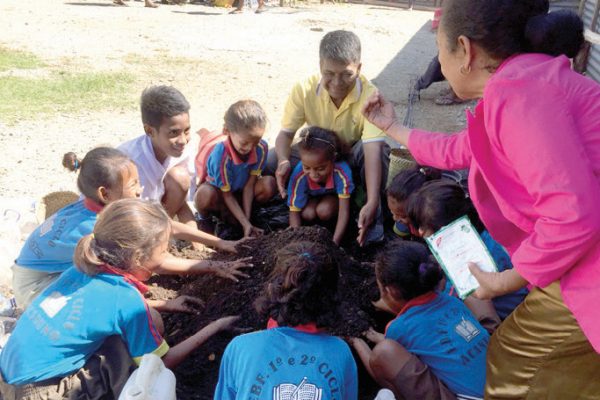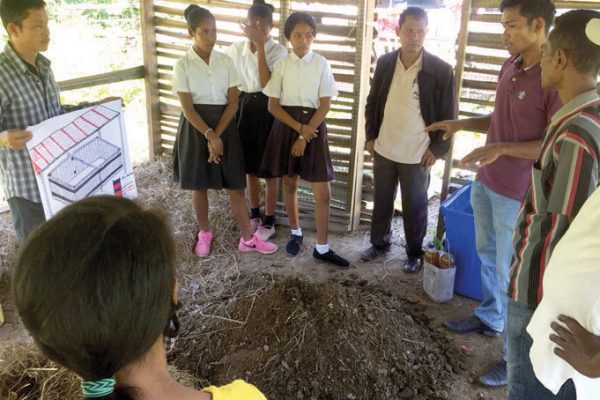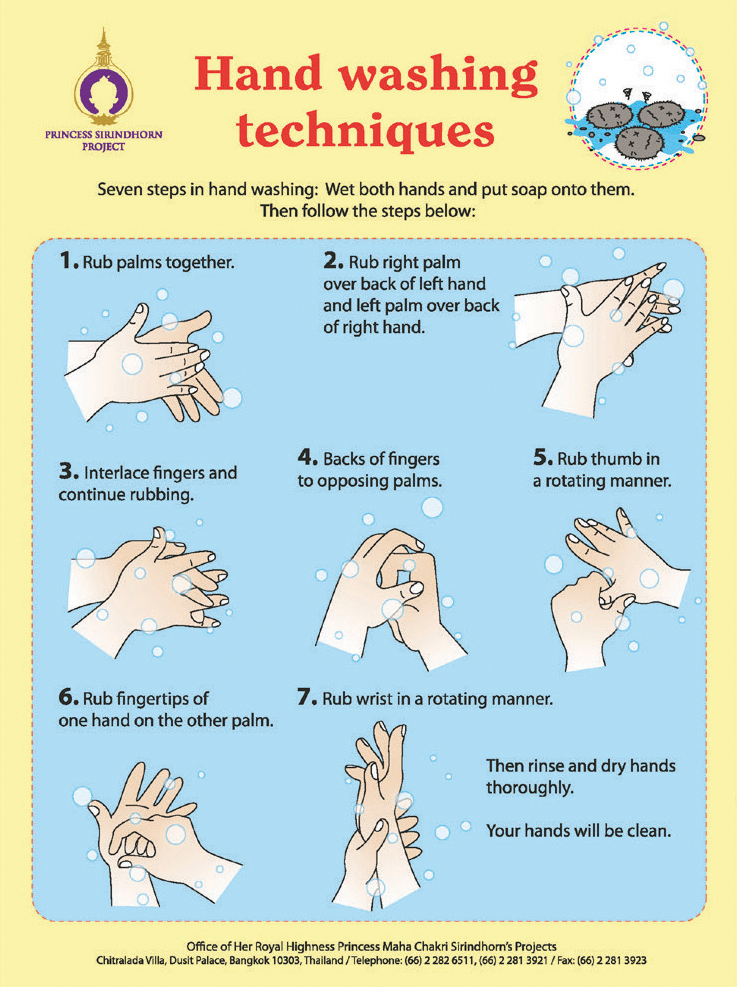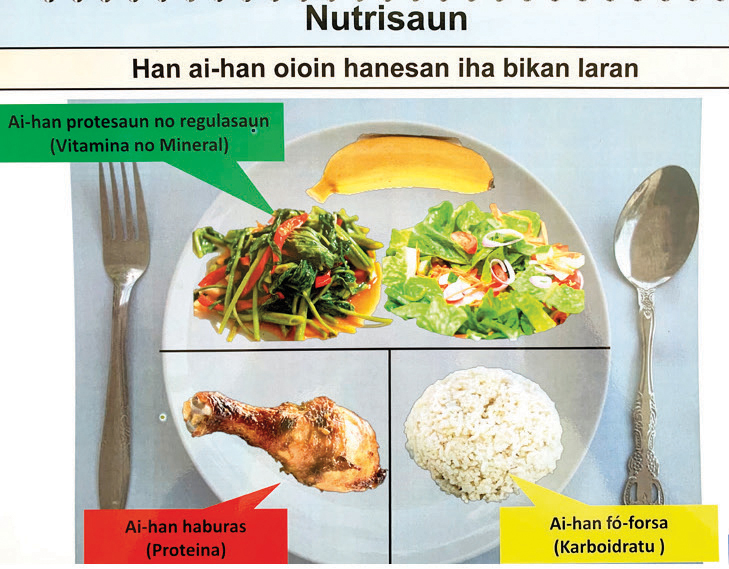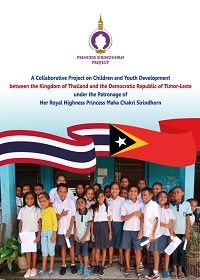Introduction
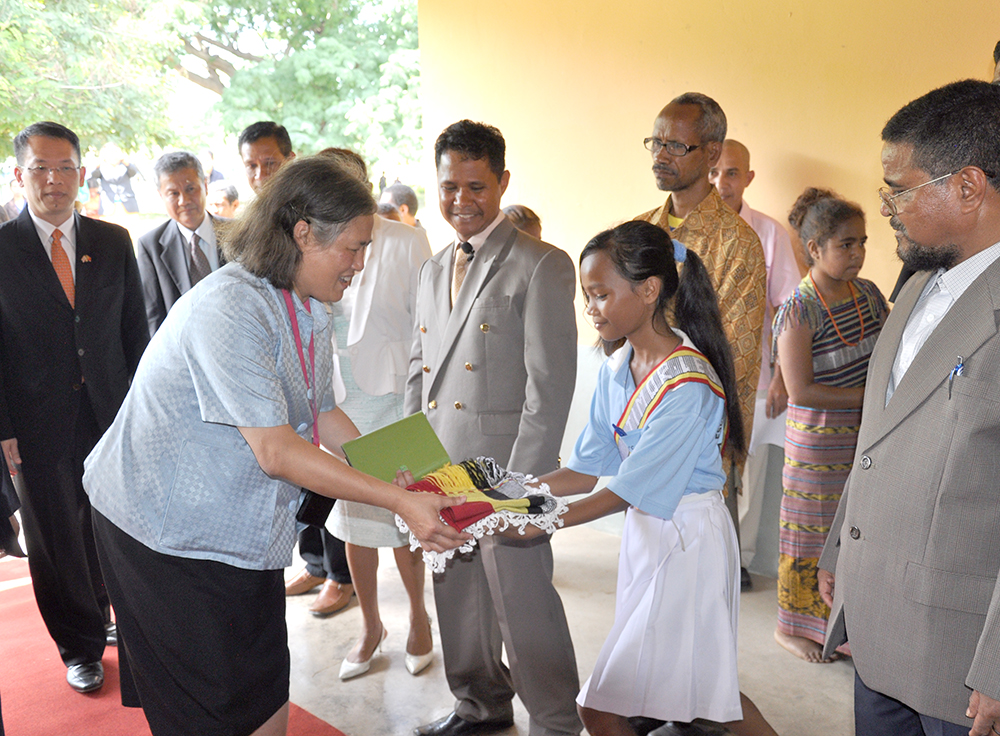
During an official visit to Timor-Leste, Her Royal Highness Princess Maha Chakri Sirindhorn joined the launching ceremony for the international program ‘Zero Hunger Challenge’ on 9 January 2014 at the National Parliament in Dili. She also learned that the Timorese people still face food and nutrition insecurity, especially among women, children, and the poorest Timorese communities. Her Royal Highness also had the opportunity to visit two schools in Hera suco (village), Cristo Rei Sub-District, Dili District, namely Ensino Basico Hera School and Acanuno Primary School attached with Acanuno Pre-Primary, where she witnessed many malnourished school children.
The immediate action of Her Royal Highness Princess Maha Chakri Sirindhorn was to send a Thai expert team to conduct a rapid survey in the schools and communities she had visited. She also provided funding as an additional support for these two schools to operate school nutrition and health services. One month later, Her Royal Highness graciously organized a study visit for a Timorese team led by the Vice Minister of Health along with the principals and teachers from target schools. The study visit’s program was designed based on the information gathered by the Thai team. At the end of the study visit, school action plans were jointly developed.
At present, school agriculture is running well at Ensino Basico Hera School, which is a secondary school. More foods, particularly vegetables, are available to students and can be used for school meals. Over 800 students benefit from this collaboration. Most importantly, this collaboration has created partnerships among the Ministry of Education, the Ministry of Health, the Ministry of Agriculture and Fisheries of Timor-Leste, schools, communities, and the Royal Thai government.
These collaborative efforts have pushed implementation to move forward rapidly. It is planned to expand the integrated approach model of Her Royal Highness to more schools in the near future.
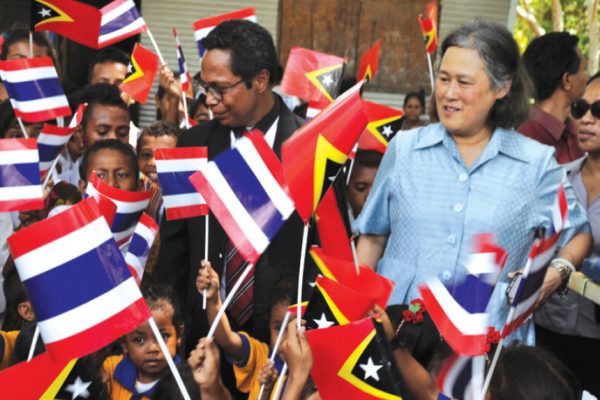
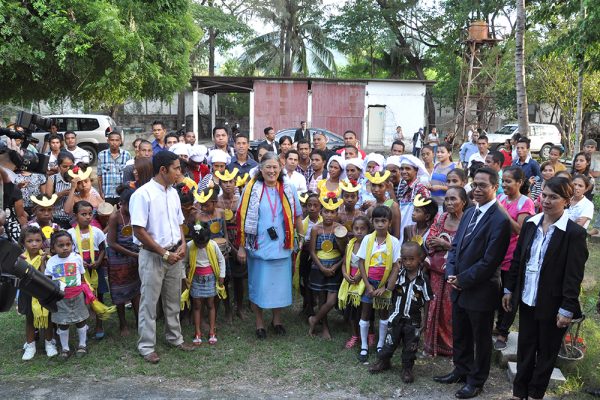
Participating Schools
Ensino Pré-Escolar Acanuno (Pre-primary school)
Year of Participation 2019
Location Cristo Rei Sub-District, Dili District
Students 67
Staff 3 (2 teachers and 1 others)
Escola Básica Central Saint Jose
Year of Participation 2019
Location Baquia Sub-District, Baucau District
Students 822
Staff 50 (26 teachers and 24 others)
Development Activities
The collaborative project which is based on the initiative of Her Royal Highness, includes the following interventions.
School agriculture
School agriculture or school farm is considered as the first and the main intervention component. It can provide children with fresh and nutritious food for improving their nutritional status and can be a good resource for teaching and learning of many subjects as well as for vocational training for those who do not want to continue their study beyond basic education. Through school agriculture, other components of children development can be linked and integrated together and new ideas or new techniques can reach others in the community.
Escola Básica Filial Acanuno
Escola Básica Central Hera
Escola Básica Filial Dona Ana Lemos
Escola Básica Central Fatuquero
Preserved food
School meal services
Schools can offer nutrition services more effectively because they are places where children are gathered together and can reach children at a critical age for developing lifestyles, including eating habits and basic personal hygiene, which can contribute to good nutrition and good health in the long run.
Nutrition monitoring system
Once a school meal is provided, we must follow up the nutritional status of the children. A monitoring system at each target school is set up so that school teachers themselves can monitor the nutritional status of their students and provide proper care for individuals. The most practical and non-invasive method is selected: the measurement of students’ weights and heights.
Personal hygiene practices
Personal hygiene involves maintaining the cleanliness of our body and clothes. Unhealthy practices can lead to illness and can have impact on the nutrition and health status of school children. As children spend about 4-6 hours in schools which they may be exposed to diseases or other harm, teachers can detect poor hygiene practice and change or modify their behavior into proper practices which can prevent the spread of communicable diseases like diarrhea.
School health services
Schools are easily accessed by school children as well as school personnel and communities. They also have teachers who can be trained as health teachers. Therefore, basic and simple diagnosis and treatments can be provided to everyone in order to alleviate the severity of health problems and to prevent possible losses.
School sanitation
Sanitation and hygiene in schools can have a great impact on children’s health and their school performance. With poor conditions of sanitation and hygiene facilities, schools can become risky places where diseases are transmitted e.g. diarrheal diseases and other hygiene-related diseases. Therefore, it is important that schools should have sanitary facilities. However, only facilities are not enough, hygienic behaviors and proper use of the facilities are also needed.
Agriculture, nutrition, health and hygiene education
Food insecurity, ignorance and unhealthy practices are major factors contributing to more severe malnutrition found in children in remote communities.
To enhance food security at households or in communities, agricultural education is needed so that young generation will be well prepared to be a good farmer in the future. Children should be providing with knowledge, skills and positive attitude towards production of safe and nutritious food through sustainable agriculture with appropriate technology in environmental management which can be a basis for self-reliance in the future.
Nutrition, health, and hygiene education are also important. Children in schools are at a critical age for establishing and developing proper behaviors in nutrition and personal hygiene, which can contribute to good nutrition and good health in the long run.
Publication
Book



